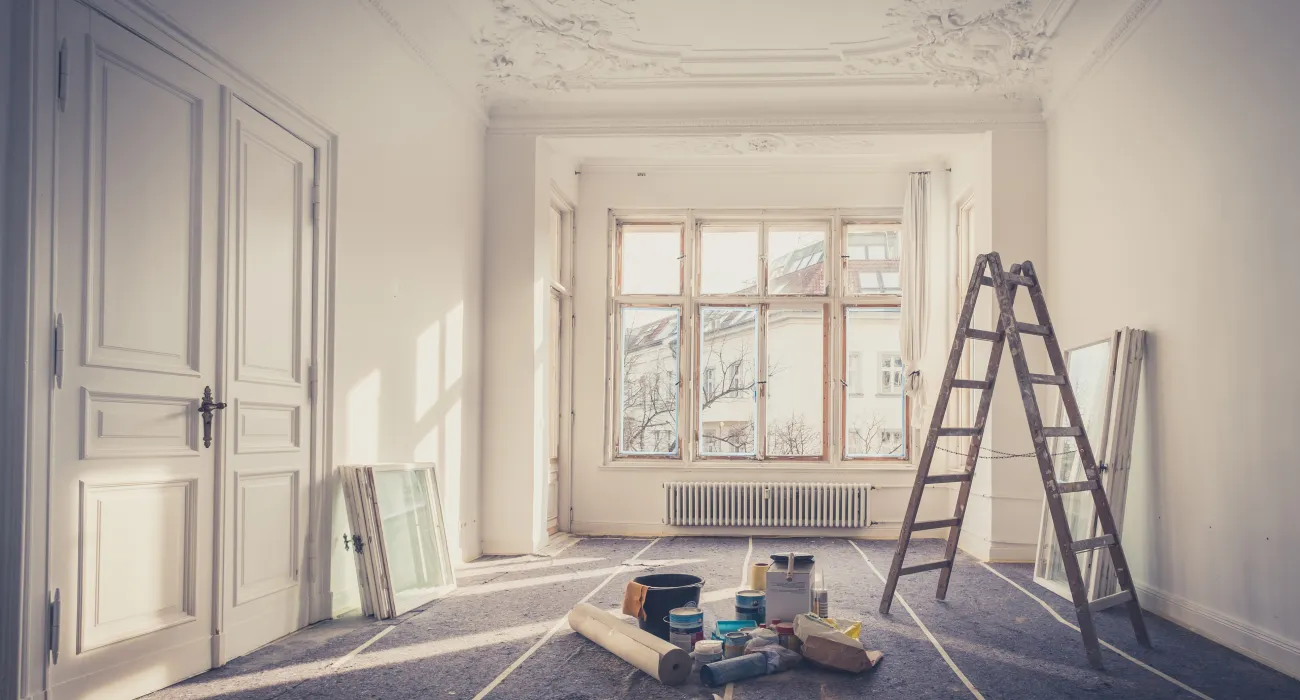Rental Property: Understanding the Difference between Repairs and Improvements
- Additions
- Miscellaneous
- Heating and air
- Fees associated with financing
- Local tax increase because of property improvement
According to the National
Multifamily Housing Council, in 2019, the US population was 320 million. 66
percent of which lived in homes that they owned. That infers there are up to
107 million people who live in rented dwellings. Extrapolating further, this
suggest that there are many taxpayers who are rental property owners. With that
in mind, let us review rules and tax treatments for improvements vs repairs.
Let's review what constitutes a
repair and what represents an improvement. A repair keeps a rental property in
good working order and meets safety standards. What repairs cannot do is
greatly increase the life of a structure or materially add to its value. A few
examples of repairs would be
- Replacing a broken bored on the front porch
- Patching a leaky roof
- Repairs to an AC unit
What these all have in common is
they are maintaining the good working order of the property, yet they are not
increasing the value or life of the property.
A key caveat to all repairs is if
they are done during an extensive remodel, they will all be classified as
improvements.
Unlike repairs, an improvement
adds new uses to a property, prolongs its useful life, or substantially adds to
the value of a property. Additionally, where the full cost of a repair can be
deducted in the calendar year the expense occurs, the improvements must be
capitalized and are generally depreciated based on IRS guidelines. Depreciation
allows the property owner to recover the cost of the property over the expected
life expectancy of the property.
Some examples of improvements
are:
- Adding a ramp to the house making it handicap accessible
- Replacing the roof
- Adding central heating and air
Maintaining detailed records for
rental properties is imperative. Because the tax treatment for repairs and
improvements are vastly different, property owners should Identify them as
such, and separate them. The improvements will also come into play when the
property is sold, as the improvements are also a part of the calculation of the
bases.
Two additional areas where
oversights on tax treatment can occur are the fees paid when obtaining a
mortgage on rental property and increases in local taxes due to property
improvements.
Generally, interest paid on the mortgage for a
rental property are deductible as an expense. However, any abstract fees
associated with obtaining the loan like; charges
for installing utility services, legal fees, recording fees, surveys, transfer
taxes, title insurance, and any amounts the seller owes that you agree to pay
(back taxes or interest, recording or mortgage fees, charges for improvements
or repairs, and sales commissions) are added to your bases in the property.
Local taxes are generally
deductible based on normal services. However, any increases in fees that
attributable to home improvements are not deductible and must be added to the
bases value of the property. Things like adding sidewalks, driveways, or sewer
systems.
These are just a few tips to help current and aspiring rental property owners understand basic rules for how to treat repairs and improvements. As always, consult your qualified financial professionals for information on your specific situations.
If you would like to receive more information on making smart money moves for your future, be sure to contact us today!





